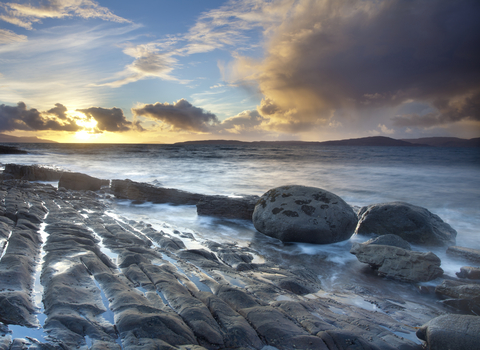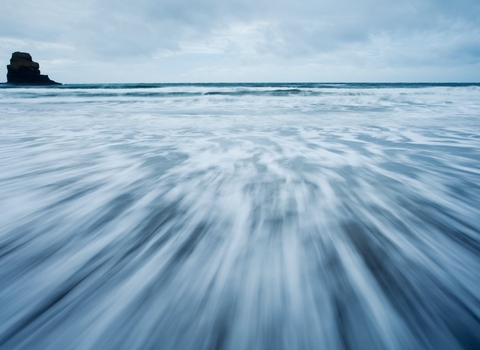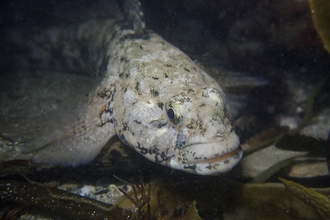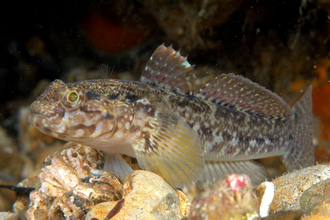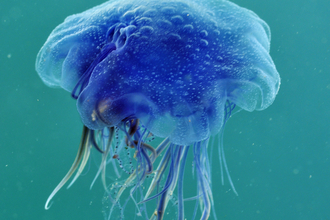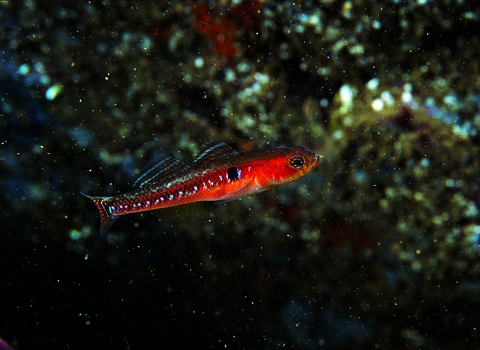
Two spot goby by Paul Naylor
Two spotted goby
These colourful little fish are a delight for snorkellers or shallow water divers to photograph, rarely being scared off by their presence!
Scientific name
Gobiusculus flavescensWhen to see
March - October.Species information
Statistics
Up to 6cm long.Conservation status
Common.

